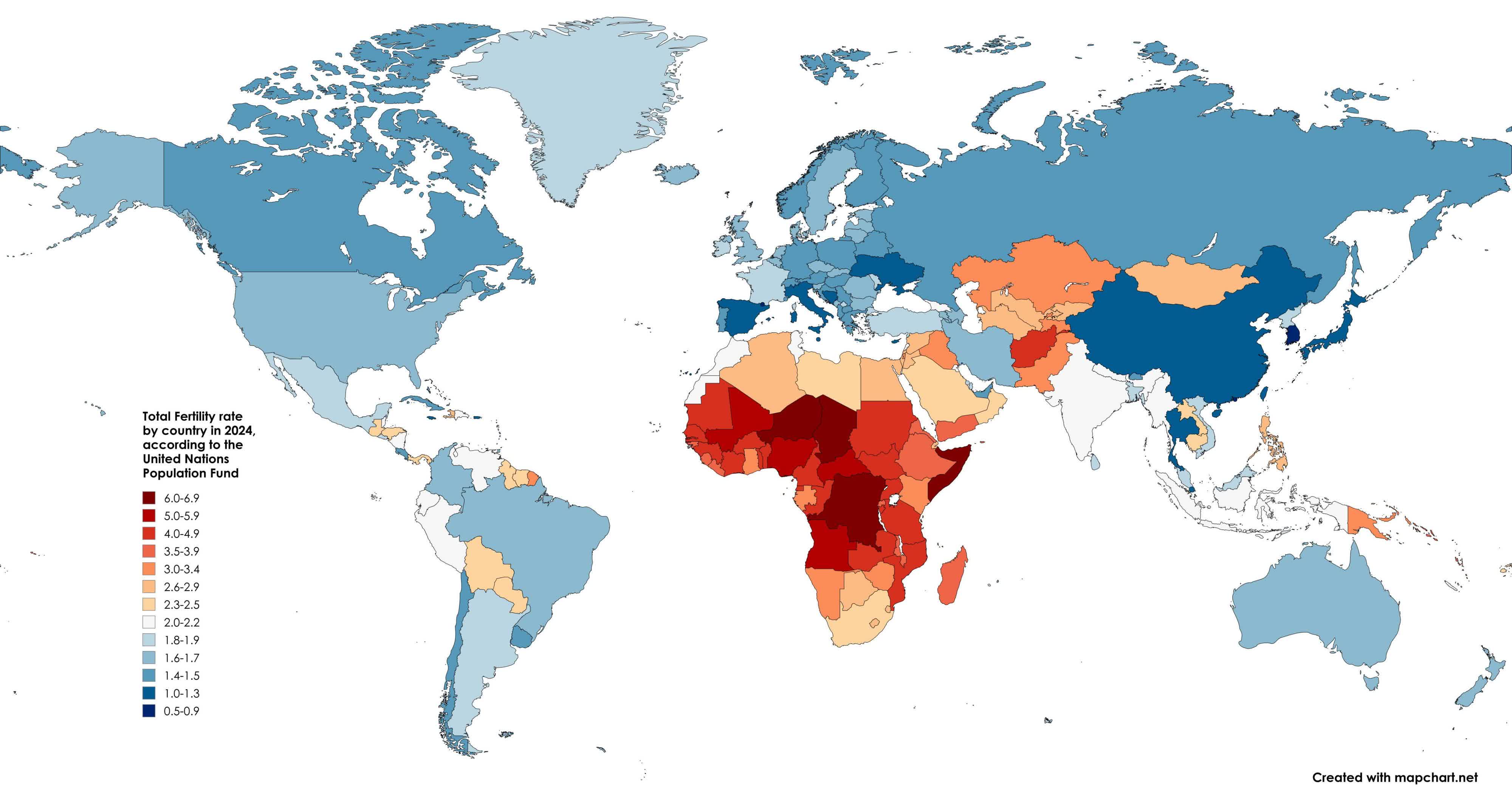Serving tech enthusiasts for over 25 years.
TechSpot means tech analysis and advice you can trust.
In a nutshell: The CDC released data this month that shows the US fertility rate fell to an all-time low in 2024, but the number of babies that were born last year increased YoY. It means that while there were more births overall, a smaller percentage of women of childbearing age are having children.
There were 3.6 million babies born in the US in 2024, up 1% compared to the previous year, according to the CDC's data. But the general fertility rate – the number of live births per 1,000 women of childbearing age (15 to 44 years old) – fell to an all-time low of 53.8.
The trend for women to have babies later in life has been increasing for years. Between 2023 and 2024, birth rates decreased for women between 15 and 34 years old, were unchanged for those between 35 and 39, and increased for women between 40 and 44.
The CDC also revealed that the percentage of women who relied on Medicare as the primary source of payment for birth delivery procedures declined by 3% across all age groups.
While the number of people being born in the US was up slightly last year, births declined by 16% between 2007 and 2023. The fertility rate, meanwhile, was down 22% between 2007 and 2024.
The most concerning figure related to the total fertility rate (TFR), or the average number of children a woman will have across her lifetime. The replacement level – the average number of children a woman needs to have to replace herself and her partner in the population – is typically 2.1 children per woman. If a country's TFR stays below 2.1 over time, its population will shrink.
The United States' TFR has been almost constantly below 2.1 since 2007. In 2024, it was 1.599.
The issue is much more pressing in other countries. South Korea's TFR was 0.72 in 2023, the lowest globally. Thailand (1.0), Taiwan (1.09), Japan (1.2 – 1.3), Spain (1.12), Italy (1.2) and others are also experiencing ultra-low fertility.
The trend has triggered a rapid aging of society, a shrinking population, and mounting economic and social concern. South Korea is projecting its population falling by almost 58% by 2100 under current fertility rates.
There are a number of reasons why women are giving birth later in life or just refusing to have children. Beyond those who are focusing on their careers while younger, the main factor is that many people simply can't afford to have kids. Concerns about the future, such as those related to the environment and global tensions between nations, also play a part.







 English (US) ·
English (US) ·